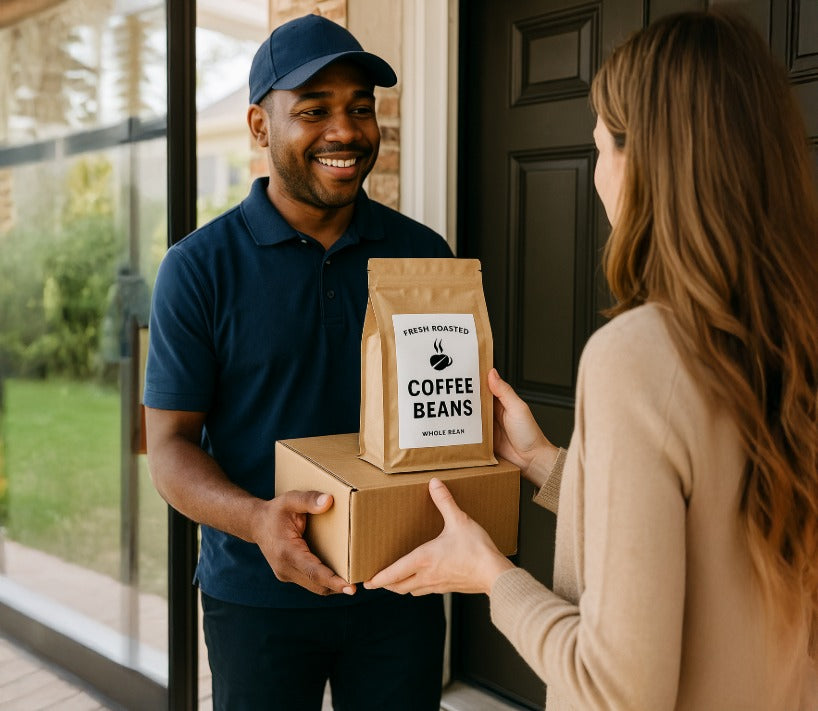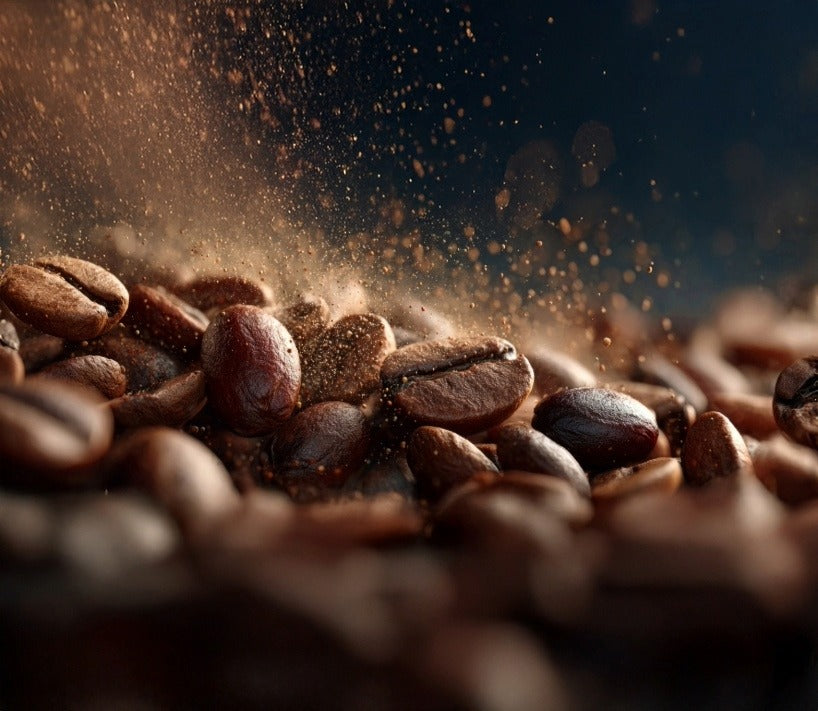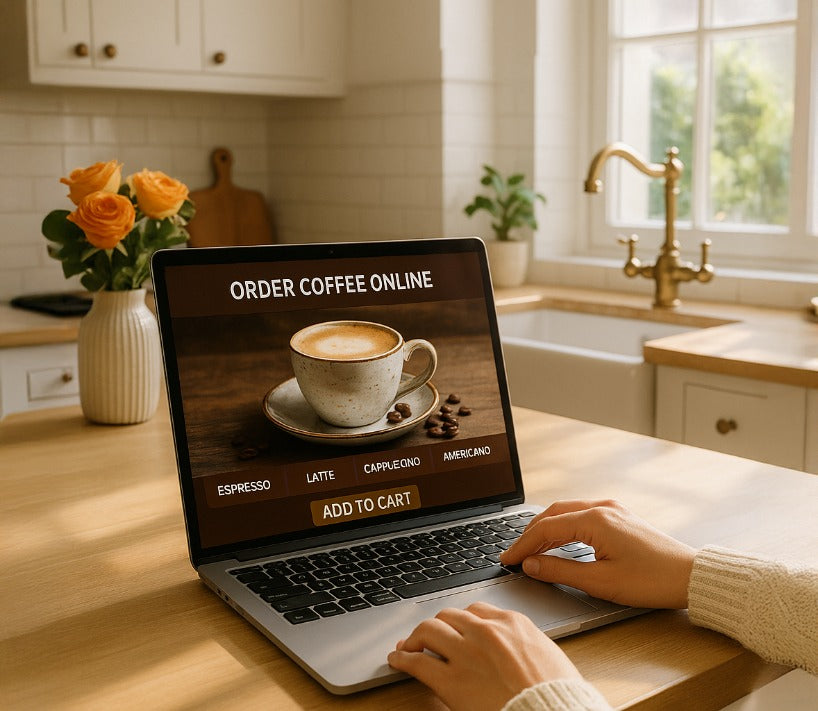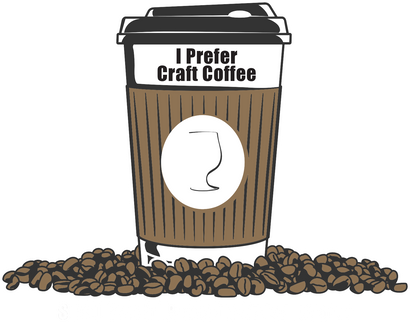Best Coffee Sampler Pack: Try a New Roaster the Smart Way
October 20, 2025 4 min read
Best Coffee Sampler Pack: Try a New Roaster the Smart Way

I used to skip samplers. I thought, “I know my beans. Why try small bags?”
Then friends kept asking, “How do I test a new roaster without wasting money?”
Good question.
Here’s my take: the Best Coffee Sampler Pack is the easiest path for new-to-me roasters. You get quick taste data, not guesswork. No big commitment. Fast learning. After this guide, you’ll know how to pick a sampler, how to taste it, and how to turn it into café-level cups at home.
Why Typical Tries Fail:
-
Most people buy one random bag and hope. If it’s a miss, they blame the roaster.
-
Deals distract. Old beans look cheap. The cup tastes dull.
-
Algorithms push “popular.” Your palate is personal.
I roast and cup every week. I also coach folks who order coffee online for the first time. What works best for beginners and “new roaster” tests? A clean sampler flight with fresh roasts, simple tasting steps, and clear notes.
What You’ll Get From This Guide:
Follow my plan and you will:
-
Choose a sampler pack that actually represents the roaster’s style.
-
Run a 3-brew mini test that fits any kitchen.
-
Decide your next full-bag with confidence—no waste, better cups.
Helpful reads (internal):
Step-By-Step That Works:
-
Pick the right sampler
-
Aim for 3–5 coffees across styles: a light, a medium, a chocolate-leaning blend, and one fruit-forward single origin.
-
Look for roasted-on dates and roast to order coffee. Skip “best by.”
-
If the sampler lets you choose, include one “wild card” (natural process or funky fruit).
-
-
Set your simple test
-
Use the same recipe for all cups: 1:16 ratio (e.g., 20 g coffee : 320 g water), 200°F water, medium-fine grind.
-
Brew back-to-back on the same device (drip or pour-over) for fair results.
-
Take one note per cup: “fruit/chocolate,” “light/medium body,” “bright/smooth.”
-
-
Run a fast flavor map
-
If a cup tastes sour → grind finer next time.
-
If a cup tastes bitter → grind coarser next time.
-
If flat → use a tad more coffee (1:15.5) and confirm roast freshness.
-
-
Decide with rules, not vibes
-
If you liked 2+ coffees from the sampler → that roaster matches you.
-
If only 1 worked → buy that one full bag and ask the roaster for similar picks.
-
If 0 worked → your taste and that style don’t match. Try another roaster or different roast levels.
-
-
Lock your next move
-
Love fruit and florals? Try single origin coffee beans online from high-scoring lots.
-
Love chocolate and nuts? Choose balanced blends for daily brews.
-
Espresso at home? Look for medium to medium-dark, even development, and good solubility.
-
Scarcity, but true: freshness has a window. Peak flavor often sits within the 7–21 day post-roast zone (stored well). Miss it and cups can dull fast.
Best Coffee Sampler Pack: What to Look For
-
Fresh roasted coffee beans online with roasted-on dates.
-
A spread of light roast coffee beans online, medium roast coffee beans online, and a blend.
-
At least one option that could work for best pour over coffee beans online and one that can pull best espresso beans online delivery shots.
-
Transparent notes: process, origin, and roast level.
-
Clear shipment timing (fast fresh roasted coffee delivery beats slow).
Comparison Table — Sampler Packs vs Single Bags
| Category | Sampler Packs | Single Bags |
|---|---|---|
| Goal | Learn a roaster fast | Commit to a favorite |
| Risk | Low (small bags) | Higher (big bag miss) |
| Variety | 3–5 styles in one go | 1 style only |
| Learning Speed | High (side-by-side) | Slow (one at a time) |
| Cost Logic | Pay a bit more per ounce for data | Better per-ounce when you already know |
| Freshness Control | Great if roasted-to-order | Great if roasted-to-order |
| Best Use Case | New roaster test, palate mapping | Daily drinker you already love |
| Decision Power | Find “your lane” fast | Confirm “this exact coffee” |
Freshness & Buying Guidance:
Roast date vs best-by
-
Roast date = flavor truth. Best-by = shelf math. Always pick roast date.
Choosing roasts
-
Pour-over & drip: light to medium.
-
Espresso: medium to medium-dark.
-
Milk drinks: blends with chocolate/nut notes.
Storage
-
Keep in the one-way valve bag. Seal tight. Dark, cool cabinet. No fridge.
Single origin vs blends (quick logic)
-
Single origin = distinct, adventurous, great for tasting flights.
-
Blends = balanced, repeatable, great for everyday cups.
Extra specialty tips
-
Air roasted coffee beans often taste very clean and sweet.
-
Grind right before brewing for the biggest jump in flavor.
-
Water quality matters—basic filtered water can lift clarity.
FAQs For The Best Tasting Craft Coffee at Home
Q1. Is a Best Coffee Sampler Pack worth it if I already know my taste?
Yes—if you’re testing a new roaster. A sampler maps their style fast with low risk.
Q2. What size should each sampler bag be?
I like 3–4 oz per coffee. That’s enough for 2–3 brews to dial the grind.
Q3. Can sampler packs work for espresso?
Yes. Pick samplers that include at least one medium to medium-dark option and ask the roaster for espresso guidance.
Q4. How do I compare cups fairly?
Same ratio (1:16), same temp (200°F), same device. Change only the coffee.
Q5. Should I choose single origin or blends in a sampler?
Both. Grab one blend for balance and one single origin for character. Then decide.
Q6. What if all sampler cups taste flat?
Check roast freshness, grind finer, and verify your water. If still flat, the style may not fit your palate—try a different roaster or roast level.
PS (Reward): Want my 1-page Sampler Flight Scorecard ? Read Best Guide To Buying Great Coffee Online and grab a bag, I include a coffee sensory game card with every coffee order online. It’s free, friendly, and fast.
Also in Best Coffee To Buy Online Education

Best Fresh Roasted Coffee Delivery Online
November 28, 2025 4 min read
I roast the best tasting coffee at home for you! I use 100% electric equipment, so no hydrocarbons here. Best fresh roasted coffee delivery starts with high-scoring specialty coffee online.

Which Roaster Makes Better Coffee: Gas or Electric?
November 27, 2025 4 min read
Why electric drum roasters produce cleaner, sweeter, more consistent coffee—especially the kind you want when buying fresh roasted coffee beans online or trying to make the best tasting craft coffee at home.

Biggest Coffee Buying Mistake at Home
November 26, 2025 4 min read
Learn why the roast date matters and how to buy fresh, high-quality specialty coffee online. No guesswork when you order coffee online with me. I only stock, roast, and process the best tasting craft coffee at home. I am YOUR personal roaster.
